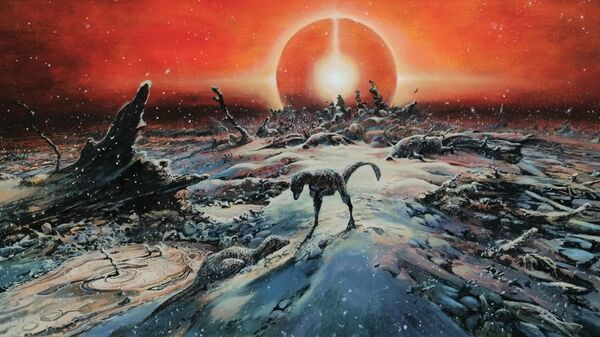
MOSCOW , November 8, Vladislav Strekopytov. It was not the explosion of a giant asteroid, but the cloud of tiny silicate dust that enveloped the Earth after its impact — that’s why dinosaurs and other animals of the Cretaceous period died. Scientists came to this conclusion based on the results of modeling and analysis of sedimentary deposits.
Asteroid is a dinosaur killer
Approximately 66 million years ago, at the turn of the Cretaceous and Paleogene periods, an ecological catastrophe. It caused one of the five «great» extinctions, which wiped out 75 percent of marine and terrestrial animal species, including all non-avian dinosaurs, ammonites and large reptiles.
It is believed that the main trigger of the Cretaceous-Paleogene extinction was the fall of an asteroid with a diameter of 10-15 kilometers to Earth. The impact site, known as the Chicxulub crater, was found in 1978 in the Yucatan Peninsula in southern Mexico.
The picture of the disaster is usually described as follows. The asteroid crashed into the Earth at high speed and essentially evaporated. At the crash site, a huge crater with a diameter of about 180 kilometers was formed. It released a plume of small fragments of silicate rocks, as well as a giant aerosol cloud of sulfates — sulfur compounds present in sea water.
The shock wave devastated the surrounding area and caused a giant tsunami, and the thermal impact triggered massive fires. Trillions of tons of ash and soot fell into the air, and darkness fell on the Earth for several years. Sulfate aerosols that rose to the level of the stratosphere created an additional screen for the sun's rays.
The temperature on the planet has dropped sharply, and global winter has arrived. In addition, due to a lack of light, photosynthesis slowed down in plants, which led to a decrease in oxygen concentration in the atmosphere. The saturation of the surface layer of the ocean with carbon dioxide from the atmosphere caused its acidification. All phytoplankton, the basic element of the food chain in the ocean, died. Because of this, other marine animals also became extinct.
A similar domino effect occurred in terrestrial ecosystems. The sharp reduction in plant mass had a negative impact on the survival of herbivores. Carnivores also suffered from the lack of food in the chain. As a result, all animals weighing more than 25 kilograms disappeared. Large representatives of fauna in terrestrial ecosystems reappeared only 15 million years after the disaster.
August 17, 08:00
Looking for a trigger
Most scientists still agreed that the main factor in the onset of global winter was soot from the fires that engulfed the planet. Their evidence — a thin layer of carbonaceous material at the Cretaceous-Paleogene boundary — is found throughout the globe. Aerosol particles of sulfur and emissions of volcanic ash could also play a significant role in air pollution. Geological evidence indicates that volcanic activity increased sharply between 68 and 60 million years ago. At this time, huge lava fields appeared on the territory of Hindustan — the Deccan Traps.
Silicate dust formed during the ejection of crushed rocks from the base of the crater was not even considered as a trigger for global cooling. It was considered too heavy to remain in the atmosphere for a long time and to travel long distances through the air. However, the results of a recent study suggest otherwise.
Belgian geologists led by Sam Berk Senel from the Royal Observatory in Brussels, together with colleagues from the Netherlands and the United States, analyzed the composition and size of dust particles in sedimentary deposits of the Tanis site in southwestern North Dakota in the United States. Here the rocks of the well-studied Hell Creek Formation come to the surface. The age of the most recent deposits is estimated at 66.043 million years. The formation is best known for its large number of skeletons of dinosaurs, invertebrates, fish, reptiles, amphibians, and early mammals.
Scientists used the data obtained to build an updated model of global climate change caused by the fall of an asteroid.
Key area
The Tanis site, located three thousand kilometers from the Chicxulub crater, 66 million years ago was a river bend whose bed was flooded by tsunami waves caused by an asteroid impact. Layer-by-layer decoding of the sedimentary rock complex made it possible to reconstruct in detail the changes that occurred in the air and water environment immediately after the catastrophic event.
The layers are filled with fragments of plants, animal bones, debris, silicate dust and microtektites — tiny pieces of fused mineral glass. The material in the sediments of the Tanis site is chaotically mixed. There are fragments of plants, marine and freshwater fish, reptiles, and bird feathers. In this case, the gills of fish are often clogged with sand and microtektites, and the fragments occupy a vertical position and are not compressed. This indicates that they were brought by a powerful turbulent flow, which apparently moved from the ocean up the bed of an ancient river. The height of the wave, according to scientists, reached ten meters.
Dust is more important than soot
First of all, the study authors found that the silicate dust produced by the Chicxulub impact is very fine. Its grain size ranges from 0.8 to eight micrometers. This is one or two orders of magnitude less than the thickness of a human hair. Such dust can remain in the air for up to 15 years and during this time circle the globe several times. Modeling showed that the dust emissions, along with soot and sulfur, blocked photosynthesis for almost two years and caused the Earth's surface to cool by 15 degrees Celsius. Moreover, it was dust that played a key role.
“This is the first time paleoclimate modeling has pointed to dust as a major factor in establishing a two-year period of photosynthetic suppression and 15-20 year winters across the planet,” says Dr. Senel.
According to updated calculations, the composition of the black shroud that enveloped the Earth is approximately this: 75 percent is silicate dust, 24 percent is sulfur and only one percent is soot. According to scientists, the ratio is determined by the place where the impact occurred — the coastal part of the Yucatan Peninsula and part of the coastal waters.
The fate of life on Earth could have been completely different if the asteroid had fallen somewhere else. For example, into the ocean: then no dust would have risen, sulfate aerosols would have quickly dissipated, and no environmental disaster would have occurred. Conversely, a fall in the center of one of the continents would be even more disastrous for all living things.









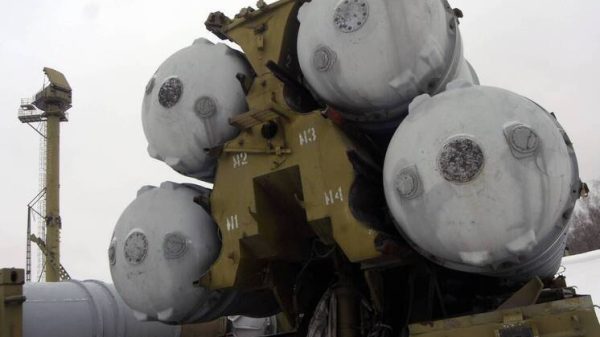
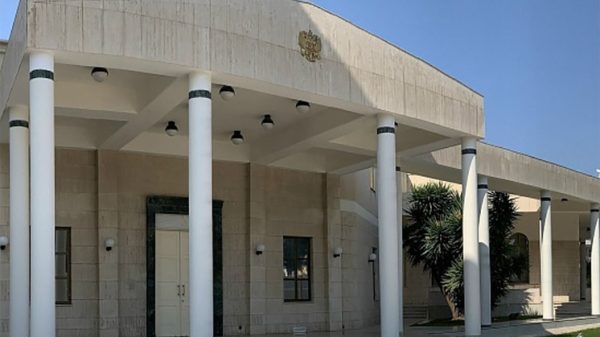









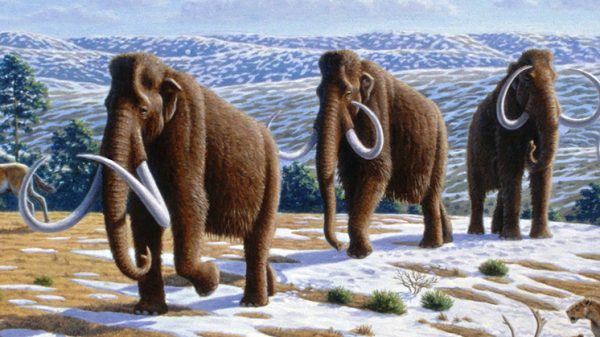

















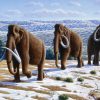



















Свежие комментарии